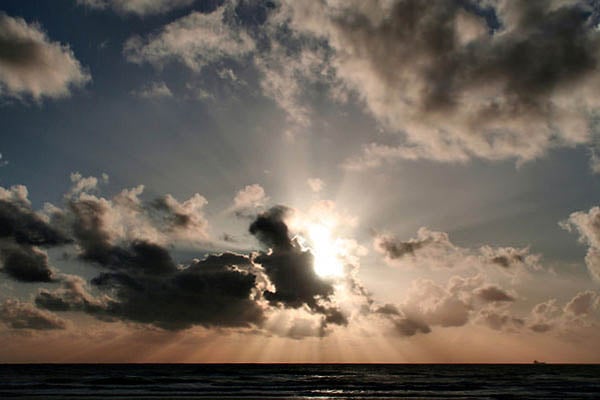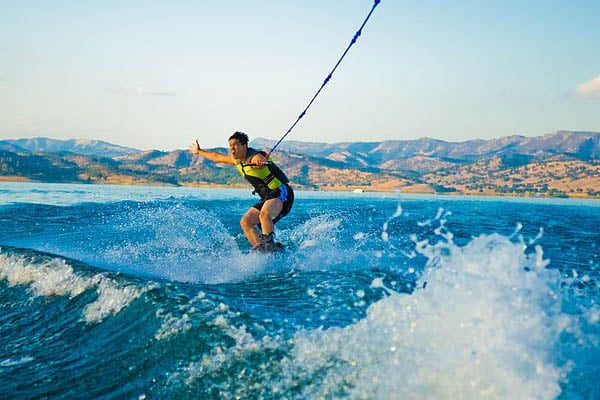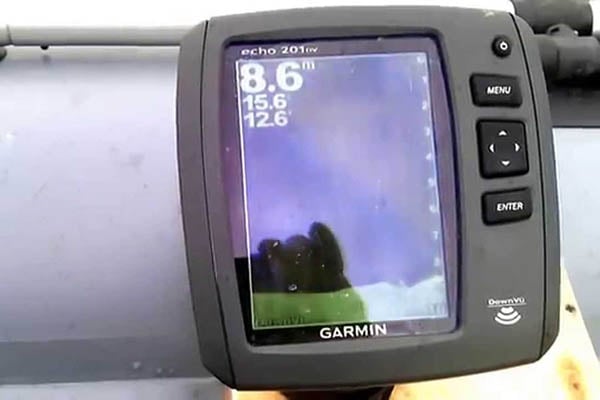Last Updated on
The news this summer is that we’re on track for the hottest summer on record. Chances are you’re already well aware of that fact as a few 100 degree days have already hit depending on where you live. Extreme and stifling heat can have an adverse effect on your outdoor activities, but you don’t have to cower inside right next to the AC all summer. Here are some tips to stay cool during this hot summer we’re facing this year.
A Word On Heat Exhaustion / Heat Stroke
Excessive exposure to hot temperatures can create two potentially life-threatening conditions. The first, heat exhaustion, can cause symptoms like muscle cramps, weakness, excessive sweating, nausea, vomiting and even fainting. Should you or anyone in your party start to exhibit these signs, move to a cooler location out of the sun immediately. Lying down and placing cool cloths on as much of the body as possible will aid in cooling the afflicted person. Hydration will be very important in a circumstance like this, but don’t chug the water, instead sip it slowly but steadily.
Heat stroke is the more severe illness related with heat exposure, and it can be extremely dangerous if left untreated. Anyone with heat stroke will appear red and have hot skin. Their body temperature will be in the danger zone (above 103 degrees Fahrenheit), and they will exhibit a rapid and strong pulse. As the symptoms continue, it is common for the afflicted person to lose consciousness. While excessive sweating is common in heat exhaustion, the absence of sweating in someone with heat stroke is a sign that they are extremely dehydrated and the body is no longer able to produce sweat to cool itself down.
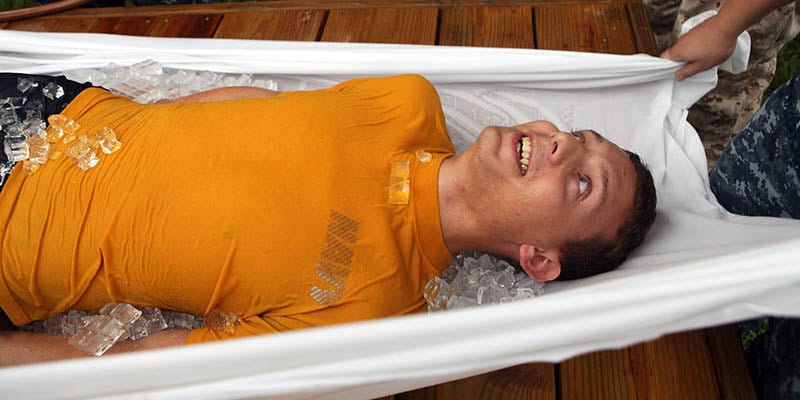
Heat stroke is an emergency situation. Anyone with heat stroke needs to be moved to a cooler location immediately and cooled down with wet cloths or ice. It is very important that you don’t give someone with heat stroke cold water. Instead, they need to be administered room temperature water SLOWLY. Many times it is prudent to call 911 (if available) for those with heat stroke, especially if they are unconscious.
Now on to some steps to reduce these two heat related illnesses.
1. Reduce Midday Exposure
The period of time between 10am and 4pm is regarded as the time to be most cautious about heat exposure in the summer. During these hours, the sun and heat can really take a toll on your body, and you’ll want to avoid extended periods of outdoor activity when heat warnings have been issued.
It’s best to plan your outdoor trips around these hours. Opt for a morning or evening hike over a midday hike. If you’re at a theme park or similar location, make sure to schedule some visits to areas that are out of the sun and in air conditioning. Take a break and relax indoors or in the shade when the sun is at its hottest.
2. Apply Sunscreen Often
Sunburn can actually increase the chances of heat exhaustion and heat stroke. Even if you’re not in danger of heat related illness, sunburn can contribute to the cause of skin cancer and leave you pretty uncomfortable for days afterward. Be smart about your sunscreen application and apply it with regularity. Sunscreen should be applied 30 minutes before you’re first exposed to the sun, and reapplied every 2 hours after the initial application.
You can never put on too much sunscreen, but you can certainly put on not enough. Make sure to be liberal with your application. One other thing, skip the spray on stuff and go with the tube of sunscreen. You can never ensure sunscreen has been properly applied with spray cans.
3. Wear Light And Loose Clothing
Anytime you plan to be in the sun or the heat for an extended period of time, you should wear loose-fitting and light colored clothing. Loose clothing allows your body to breathe and it keeps heat from getting trapped close to your skin. While dark colored clothing can absorb the sun’s rays and heat you up, light colored clothing helps to reflect the sun’s rays and keep you cooler.
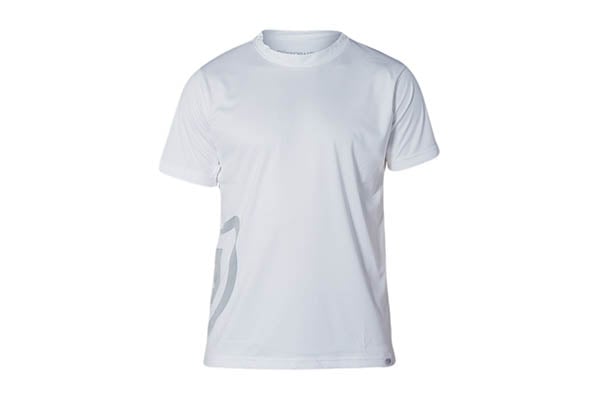
4. Short Sleeves And Shorts vs. Long Sleeves And Pants
It seems like a no-brainer that you should wear short sleeves and shorts or a skirt when the weather is hot. This makes a lot of sense in most circumstances, and when you’re in an urban environment or outdoors in a casual regard, this is the best course of action. However, whenever you’re hiking significant distances or you’re in hot, arid environments like deserts, long sleeves and pants are better. They will protect you from extended sun exposure and keep the arid environment from stealing moisture away from your body.
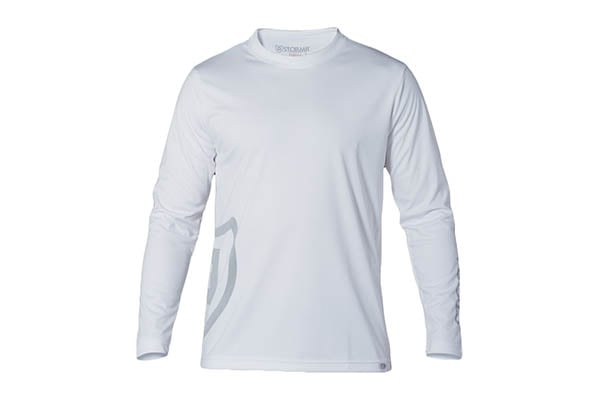
5. Wear A Hat
One last tip on clothing, be sure to wear a hat when you’re out in the sun for an extended period of time. Your scalp can get quite the dose of sun and burn quite easily, especially since most people do not think to apply sunscreen to their scalp. The added addition of a sun hat will keep your face from burning as well, and it’s best to opt for hats that protect your neck from burning if you’re out in the sun all day. Hats can be important in keeping you cool as well, and it’s best to pack one whenever you’re headed to the beach, campsite or ballgame.
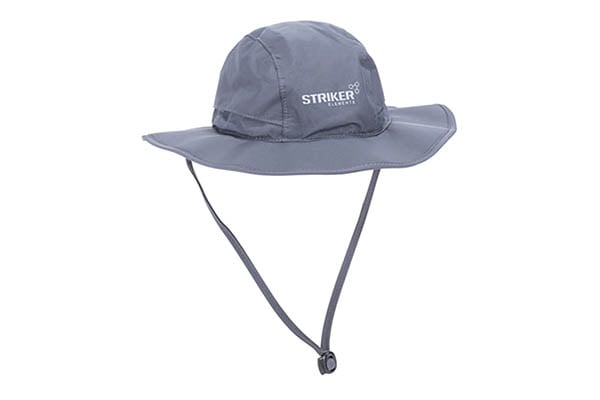
6. And Of Course…Stay Hydrated
Water intake is the most important tip of all, but it’s one that time and time again people overlook. The thing with heat exposure is that you’re body won’t immediately tell you when you’re dehydrated. The symptoms only show up once you’re significantly dehydrated. To combat this, you need to drink water regularly, even when you’re not thirsty. It doesn’t have to be ice cold water either. Room temperature water can hydrate you just as well, although it’s no secret that cool water is preferable, and it’s nice to have on hand to cool you down as well.
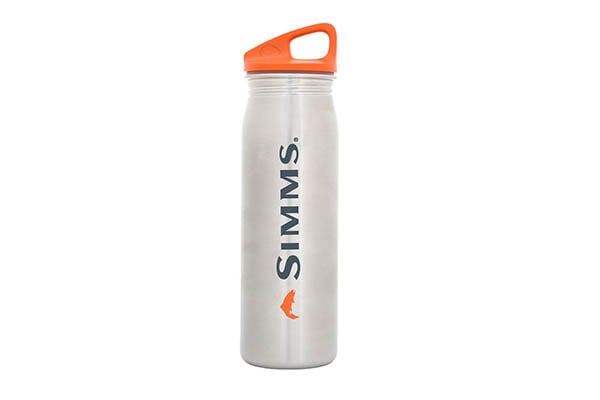
Image one and thumb image courtesy of Wikimedia Commons.
